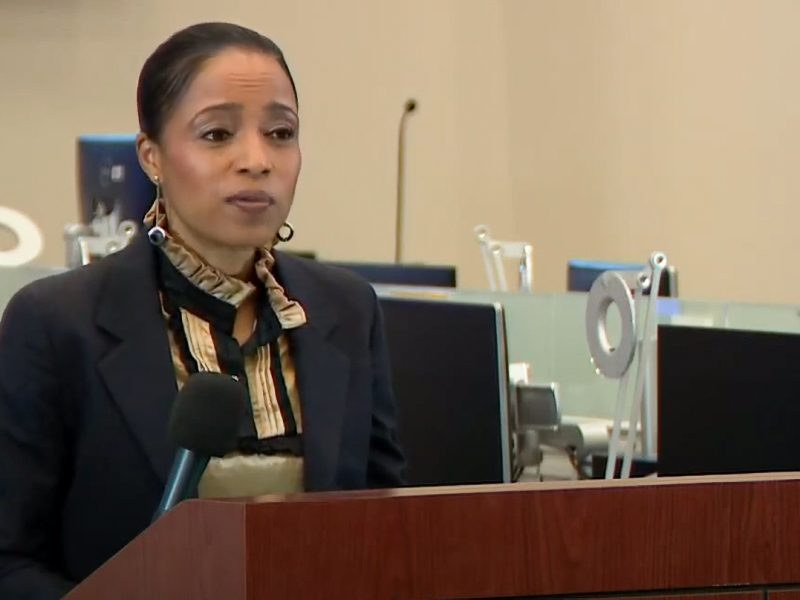By Colleen Neely
For The Diamondback
College students doubled their rate of midterm voting from 2014 to 2018, according to a recent Tufts University study.
The study, which was released in late September, revealed the average rate of participation among eligible college students rose from 19 percent in 2014 to 40 percent in 2018, while the general population voting rate increased almost 14 percent during the same period.
College students are typically less active during non-presidential elections, which makes the increase “so stunning,” said Adam Gismondi, the director of impact at the Institute for Democracy & Higher Education at Tufts University.
“Now, it’s a population that can’t be overlooked,” Gismondi said about college students. “It’s a sizable population and it’s by no means monolithic in its makeup or its viewpoints.”
Two-year, four-year, public and private institutions all saw an increased trend of student participation during the 2018 midterm election, according to the study.
[Read more: College Park expanded voting rights for the homeless, added new ballot question]
Researchers with the National Study of Learning, Voting and Engagement compiled the study by using records with personal information removed from over 10 million college students across more than 1,000 colleges and universities, including the University of Maryland.
Gismondi said one reason for the significant increase is because colleges and universities are “waking up to democratic engagement and civic learning as core principles of their mission.”
At this university, one such initiative is Terps Vote, a nonpartisan coalition formed to encourage more students to vote.
During the 2018 election, Terps Vote helped get students registered to vote, offered free stamps and envelopes to mail in absentee ballots and chartered buses to Montgomery, Baltimore, Howard and Prince George’s counties during early voting.
Patrick Saumell, the student co-chair of the Terps Vote coalition, said the findings of the NSLVE study were consistent with what Terps Vote saw among this university’s students during the 2018 election.
The voter participation rate at this university was 46 percent in 2018, six percentage points higher than the national rate for college students, according to the NSLVE 2018 campus report.
[Read more: UMD SGA paid $2,000 for early voting buses that only 30 students used]
Saumell credited a stronger campus culture focused on voting for the increased voter participation on campus.
“The current administration climate is pretty important to students as well. There’s a lot of issues that come up in the news that students feel directly affect them,” Saumell said. “So that gets them thinking a little more about voting and how they can engage with local, state and federal government.”
Students seem to be increasingly determined to vote and have their voices heard.
“There’s no other way of having a democracy if you don’t vote,” said Shaiza Mansoor, a freshman finance major.
Dylan Housman, president of the university’s College Republicans, said the current administration is helping to encourage college voters.
“Students are probably voting more because well, for one thing, students tend to lean more left overall and I think the Democratic party has been very energized since Trump came into office,” Housman said.
Bryce Kowalczyk, the community relations director for this university’s College Democrats, said increased voter participation could lead to “another blue wave.”
“We’re going to make sure to keep on trying outreach [to] students and make sure students are involved and engaged,” Kowalczyk said.
Because students tend to be more connected with technology, Gismondi said they are more active, know the issues and know what’s happening in the world.
“[College students] make me pretty hopeful for the future,” he said.



